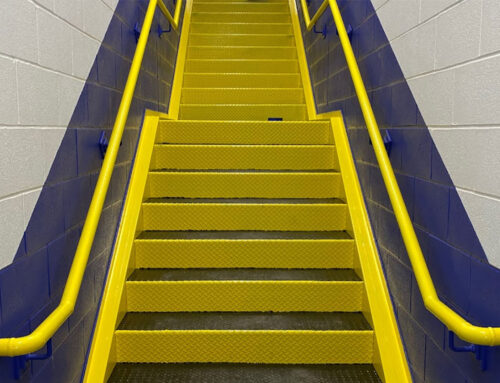
When starting any commercial painting job, you need to assess the surface and decide whether a primer is required or not. In order to make that decision, you need to fully understand the type of surfaces you might encounter and the primers that are best suited for them.
In this article, we look at the subject in closer detail, so that you get a better feel for when commercial or industrial painting projects call for a primer and which ones to use when they do. So without further ado, let’s look at the specialized categories.
Bonding Primers

Sometimes commercial painting professionals have to paint over non-porous surfaces like plastic, ceramic tiles and others that feature a high gloss finish. This calls for a particular type of bonding primer that ensures good paint adhesion that wouldn’t otherwise be possible.
Drywall Primers

At the opposite end of the scale of industrial painting surfaces is drywall, which is so porous that it soaks up paint like a sponge and often results in an uneven finish. A quality drywall primer will help to achieve a consistent and smooth end result.
Masonry Primers

When painting over masonry, it’s common to encounter adhesion issues due to the high pH level of some types of masonry. Efflorescence is another issue with masonry that’s characterized by unsightly white crystal deposits, but both can be addressed with a good quality masonry primer.
Wood Primers

Another surface that can be tricky to apply industrial coating and paint to is bare wood, which can be ably dealt with by a good oil-based primer. That said, traditional brands do take a good 24 hours to soak in and dry before a topcoat can be applied, which can be avoided by using some of the more modern latex-based varieties.
Stain-blocking Primers
When there are deep stains on the surface in question like grease, crayon or smoke, a specialised primer is called for that prevents them from bleeding through without the need for multiple top-coats to be applied. The fact is that sometimes commercial painting professionals will have cause to use a product like this.
Multi-Purpose Primers
Lastly, we look at the industrial painting primers that are marketed as being for multiple uses. What shouldn’t be assumed is that these kinds of primers are suitable for every type of surface – because they’re not and you don’t want to find that out after you’ve applied the first coat of paint. Our advice is to read the fine print on the tin on this type of product.
The Truth Is That Sometimes Primer is Needed, Sometimes Not
The fact of the matter is that the wisdom of using a primer for any industrial coating or painting project depends on the variables of the job. Most often, you won’t need a primer when you’re going over surfaces that have previously been painted and will only need to do some spot-priming on any areas that need it.
However, when painting over bare surfaces of any kind, the primers listed above are going to be your best bet for a great finish. Follow these guidelines, use quality products and you’re pretty much guaranteed the desired smoothness and consistency every time.
Ready to Get Started?
Have questions about your project or need a quote? We’ve got someone ready to help you.



